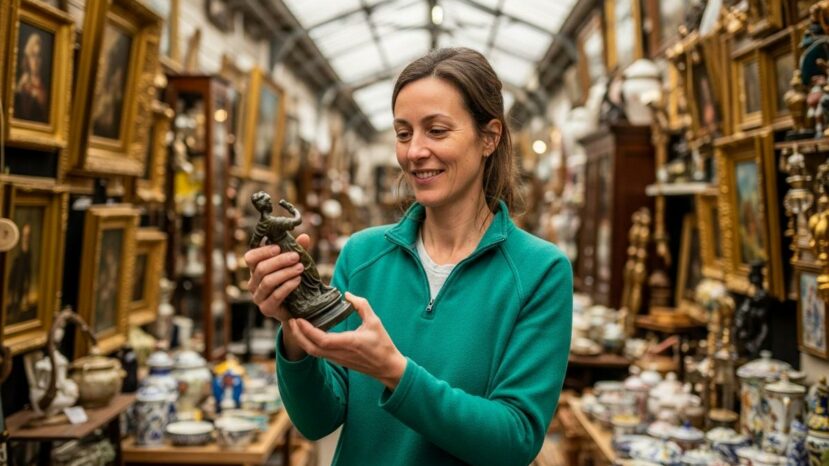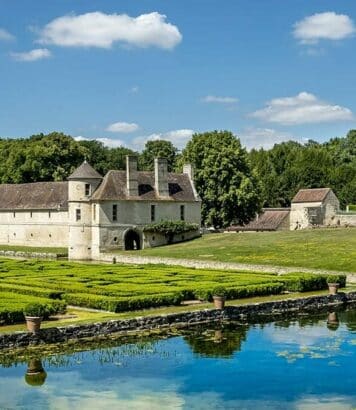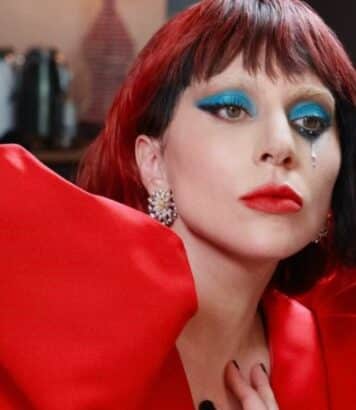Marché aux Puces de Saint-Ouen in Paris: the world’s largest antiques market, 7 hectares and 150 years of history

At the gateway to Paris, a stroll through the flea market is like opening a living album of objects and memories. Here, history mingles with the useful, and each stall offers an encounter. From the moment you enter, the flea market has a peaceful, inquisitive energy.
The oldest antiques market in Paris
Nestled in Saint-Ouen, Marché Vernaison is often referred to as the capital’s oldestantiques center. Born in the early 1920s, it was structured around wooden shacks, then picturesque alleyways. In this way, it has shaped the identity of the flea market, providing an intimate setting for bargain hunters. It’s a place where you can browse through modest objects and signed items.
The site is easily accessible by public transport: Porte de Clignancourt, Garibaldi, or Mairie de Saint-Ouen. The heart of the show beats especially on Saturday-Sunday-Monday, when the stands open wide. The number of visitors varies according to the weather and the time of year. You can expect a quiet morning, then a gradual effervescence in the afternoon of the flea market.
The allées du Vernaison form a small village, with specialty shops and workshops. We’re talking about several hundred stalls throughout the Puces, and a tight-knit network of retailers. In short, the spirit is one of conversation, advice and transmission. This flea market lives and breathes listening and attention to detail.
“At Vernaison, we’re not just looking for an object, we’re looking for a story that chooses us in return.”
Practical tips for a successful visit
Arrive early, as parts often go fast. Also, bring cash and a sturdy bag, so you can stay nimble and calm. If you fall in love, ask questions about provenance, condition and restoration. In this way, you’ll anchor your purchase in verifiable benchmarks.
A flea market is a leisurely affair: stroll around, then come back to compare. What’s more, respect polite negotiation, as dialogue is part of the fun. Don’t forget to take a break: cafés and little tables are all around the market, useful for sorting out your finds. As a result, you gain in clarity and purchasing pleasure.
- Set aside a budget and a margin for catering
- Take photos and notes of the stands
- Check dimensions and access to the house
- Request an invoice and useful information
- Find out about D-day delivery
History, atmosphere and current issues
Vernaison emerged when ragpickers and second-hand dealers found refuge at the gateway to Paris. Subsequently, the business developed around antique dealers and craftsmen. Today, the site combines period charm with contemporary expectations. The flea market should attract the curious, decorators and discerning collectors.
Professionals share a common concern for authenticity and restoration. On the other hand, scarcity and rising transport costs are affecting prices. As a result, dealers value service: sourcing, advice and delivery. This flea market remains a school for the eye and patience.
For a first visit, target two or three nearby markets, then expand. Let yourself be guided by the eye of a sympathetic dealer. In this way, a signed piece can coexist with an object of trade with raw charm. At the flea market, eclecticism creates lively interiors.
The Puces are home to emblematic markets that opened throughout the 20th century. Biron, Paul Bert and Vernaison have forged complementary styles. What’s more, each aisle reveals an era, from the 19th century to contemporary publishing. This diversity is the flea market‘s enduring strength.
Landmarks and highlights
On site, some stands focus on tableware, others on design. In fact, artists’ ceramics intersect with goldsmiths’ and silversmiths’ wares. In this way, you can go from a sculptural object to a signed plate in just a few yards. The flea market encourages these unexpected dialogues.
Enthusiasts appreciate original condition, but also meticulous restoration. So always ask for maintenance details and available papers. Also, compare prices, booth by booth. This method works well at the flea market and avoids regrets.
Roger Capron – Series of 8 ceramic glasses signed and dated 1976 (LS6632204). Decorative and functional pieces, this Series of 8 glasses has a guide price of €1,300.00.
Jean-Michel Basquiat – Numbered Color Silkscreen, 1990’s (LS6633D87/1). In the graphic arts market, this color silkscreen is positioned at around €750.00.
Willy Guhl – Pair of fiber cement “marmite” planters, 1950s (LS6625). Iconic garden architecture, this Pair of planters is offered at around €1,600.00.
– Rectangular wool floor rug, light blue background, contemporary (LS6613). In Textile Arts, this Rectangular Floor Rug is around € 5.000,00.
Pablo PICASSO & Ateliers Madoura – Visage aux grands yeux, 1960, n°444 in the Alain Ramié catalog. For tableware, this Visage aux grands yeux will fetch around €11,500.00.
The role of merchants and the art of negotiation
A good dealer knows his stock, but also the delivery constraints. He will also tailor his advice to your part and your budget. In short, a relationship of trust is built in just a few exchanges. The flea market makes the most of this trust, especially when it comes to major purchases.
When it comes to price, it’s customary to discuss the matter with respect and precision. So, start with a range, then align condition, rarity and demand. As a result, a reasonable discount is better justified and reassures everyone. This simple ethic is the DNA of the flea market.
Silver parts, 1950s-1970s design, and paint are among the strong requests. In addition, the appeal of complete services and packages remains. Next, think about the overall coherence of your interior. At the flea market, a beautiful, well-integrated piece shines for a long time.
FOUQUET LAPAR – Solid silver tea and coffee service, 4 pieces, 19th century. In silverware, this tea and coffee service sells for around €9,500.00.
ESCHWEGE – Pair of fighting cocks, sterling silver, circa 1950. In the same family, this Pair of fighting roosters is around €4,800.00.
JEAN TETARD – Solid silver Ménagère, 198 pieces, circa 1930. A great table composition, this 198-piece solid silver Ménagère is advertised at around €18,000.00.
Focus on design and decorative arts
Post-war design is all about functionality and clean lines. Fiber-reinforced concrete such as fiber cement competes with textile curves. These materials also work well with stone and wood. The flea market remains an area of subtle harmony.
A colorful armchair can balance a rustic table. Therefore, test contrasts and take precise measurements. Then think about passageways and natural light. This practical method works wonders at the flea market.
Ernest PROST – Solid silver tea, coffee and chocolate service, Art Deco circa 1930. This tea, coffee and chocolate service retails for around €8,500.00.
Orfèvre Mérite – Solid silver rectangular Jardinière, side handles, XIXᵉ. A decorative and useful object, this solid silver rectangular Jardinière targets around €8,500.00.
Meuble bar d’appartement – Swivel indoor bar, furniture. This swivel bar unit is a user-friendly solution at around €6,800.00.
Paintings, ceramics and iconic seating: shopping ideas
Landscape painting is back in favor in calmer interiors. A framed oil-on-canvas can also be used to enhance a wall. Signed ceramics add a touch of warmth. At the flea market, these combinations are a hit in an entrance hall or living room.
Vintage seats add comfort and character. A well-chosen pair is enough to structure a reading corner. Then, a sober coffee table will set the scene. The flea market is a great place to set the scene at home.
Pierre Paulin for Artifort – Pair of “Groovy” armchairs, 1970-80 (LS62802752). This pair of Groovy armchairs can be found for around € 7,000.00.
MONTEZIN – La Seine à Veneux-les-Sablons, oil on canvas signed. In the graphic arts section, this oil on canvas fetches nearly €65,000.00.
TROUILLEBERT Paul Désiré – Barbizon School, Fishermen by the water, oil on canvas signed. This painting would fetch around €8,800.00 depending on condition and framing.
To conclude this overview, a final word on artist’s ceramics. A signed service or series offers use and decoration. What’s more, these pieces interact naturally with antique silverware. The flea market makes these marriages accessible and inspiring.
Roger Capron – Series of 8 ceramic glasses 1976 (reminder). In this vein, the Series of 8 glasses at around €1,300.00 represents a safe, lively purchase.
A final nod to modern screen printing. A numbered piece structures a wall and guides the lighting. As a result, it completes an ensemble without saturating the space. The flea market offers these points of balance with patience and common sense.





No comments
Post a comment
Always participate in accordance with the law and with respect for others.